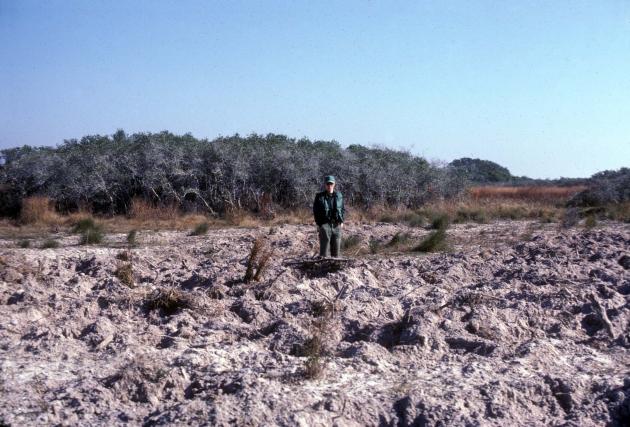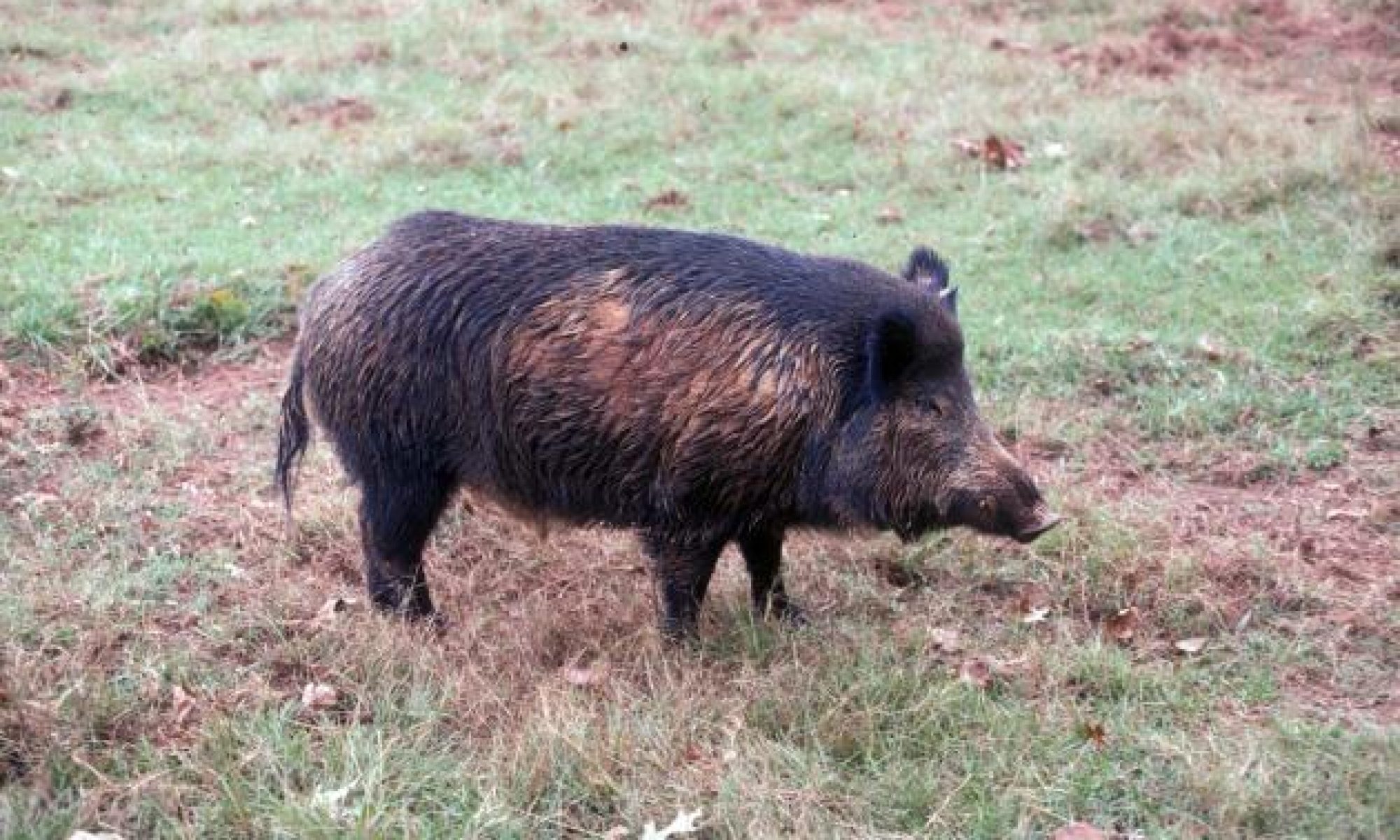
Figure 1. This field was rooted up by feral hogs. Photo courtesy of Jack Mayer.
Characteristics of Rooting Behavior
One of the more destructive habits of feral hogs is their rooting behavior. Feral hogs root to obtain food. Rooting breaks up and loosens the surface and near-surface layers of the soil column. Rooting behavior varies significantly between locations and habitats, depending on size and depth of area uprooted (Fig. 1). It can differ from shallow disturbance or displacement of leaf litter to substantial excavations, with the soil being turned over, piled up, exposed to sunlight, and oxidized. This exposure interrupts natural soil processes, and exposure to sunlight kills many microorganisms that promote and maintain healthy soils.
Impacts of Rooting Behavior
The effects of rooting vary in area and depth in any one location. Rooting:
- reduces ground vegetative cover and leaf litter
- accelerates the leaching of nutrients
- interferes with the decomposition cycle in soils
- accelerates erosion, slope failure, and down-gradient sedimentation
In aquatic systems, rooting can cause severe sedimentation and silt-loading. Combined with both wallowing and defecating, rooting in or adjacent to these systems degrades water quality. Such activities cause algae blooms, oxygen depletion, fish kills, reductions in macro-invertebrate communities and an increase in aquatic microbial pathogens. Feral hog rooting behaviors around stock ponds/tanks can foul or sour drinking water for range livestock.
